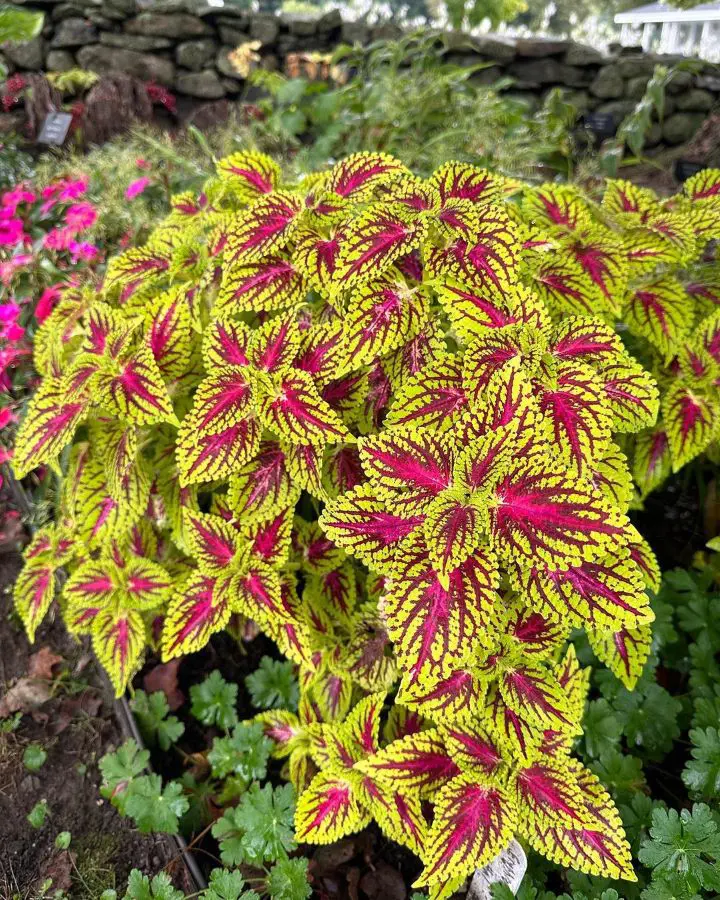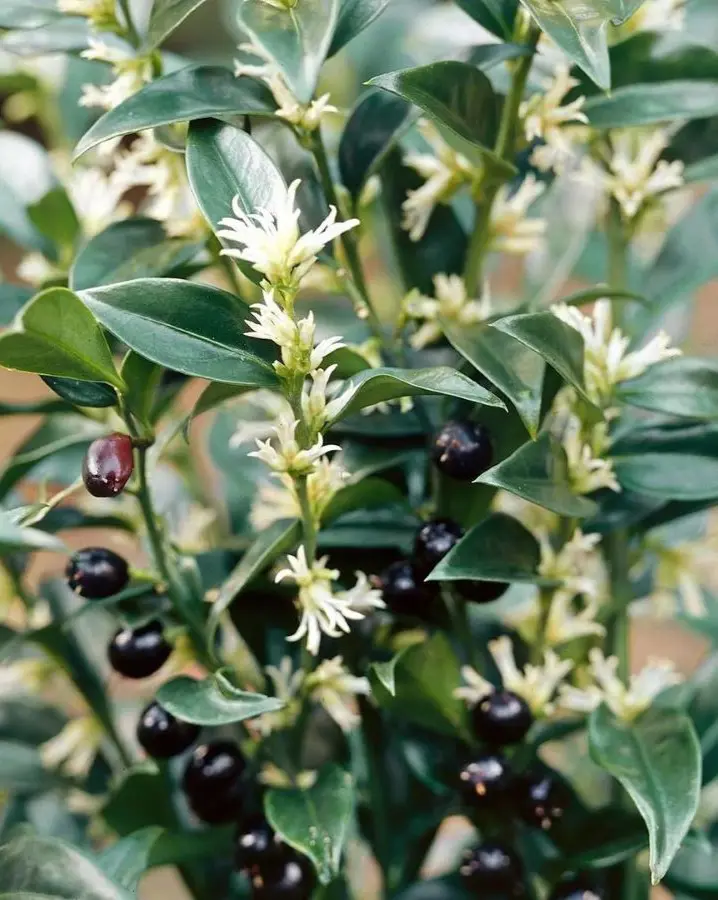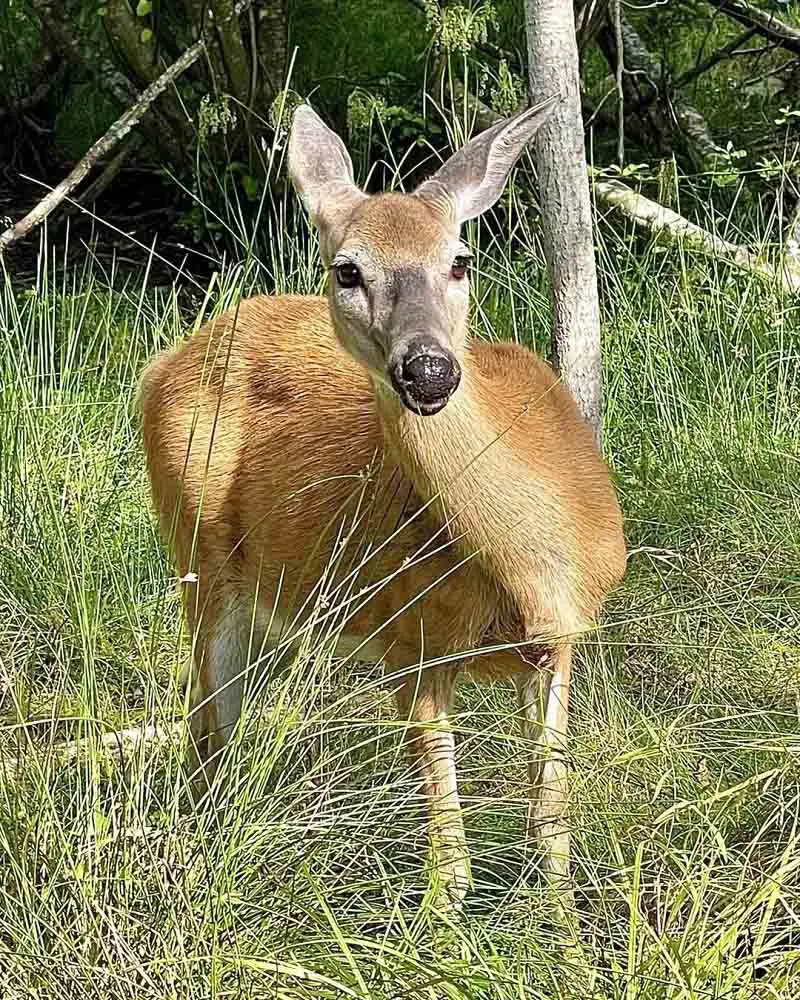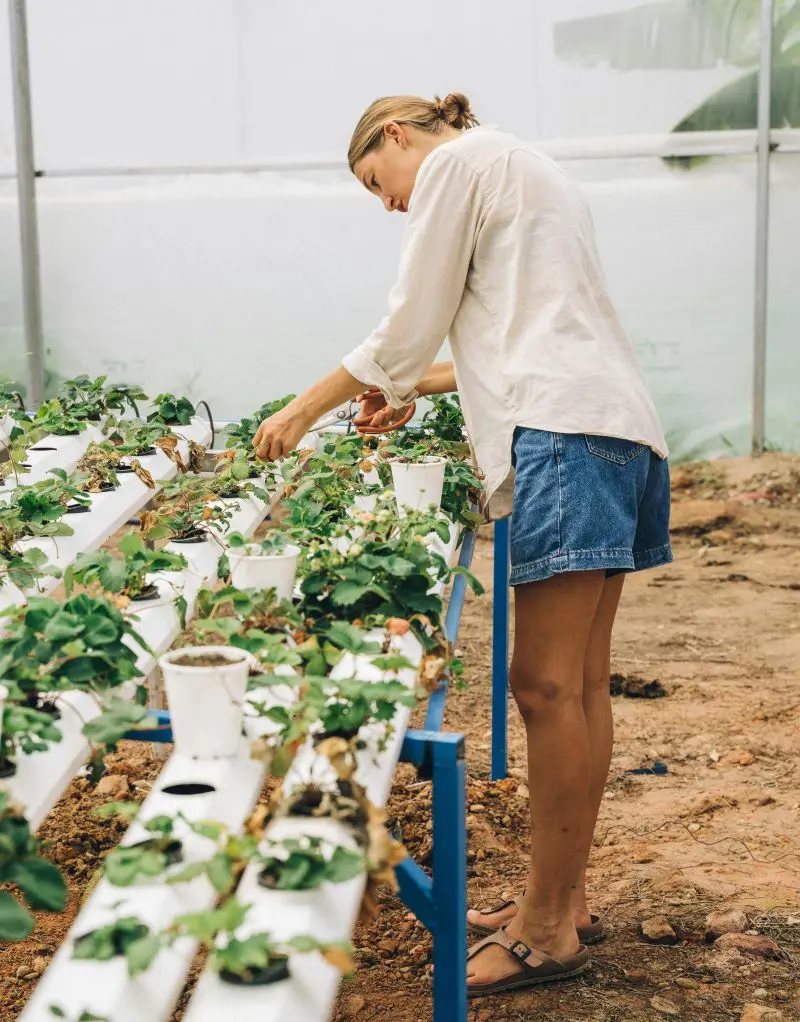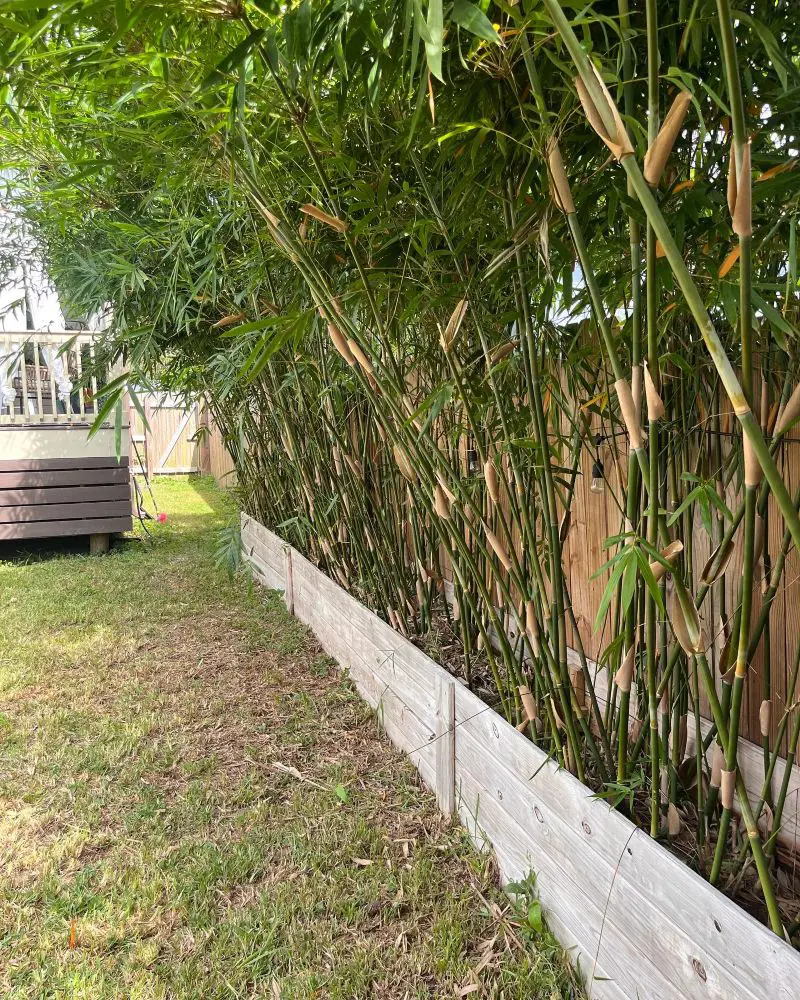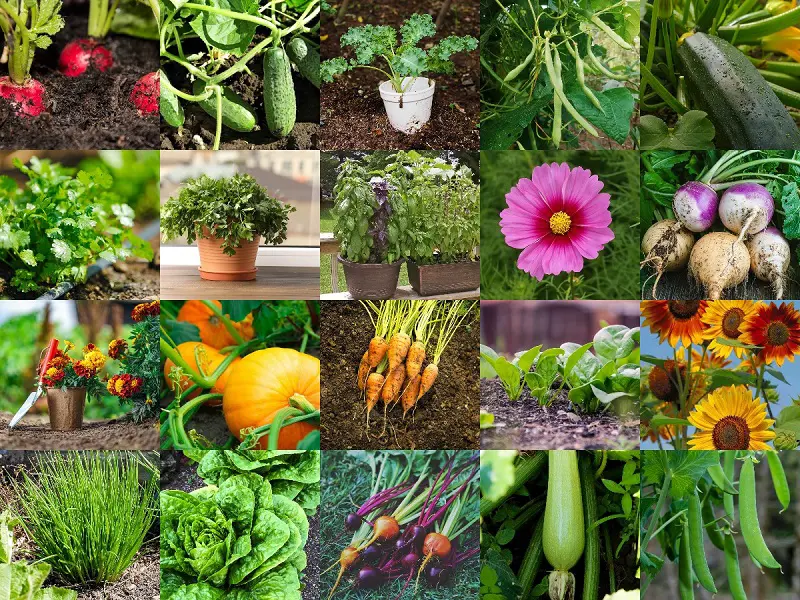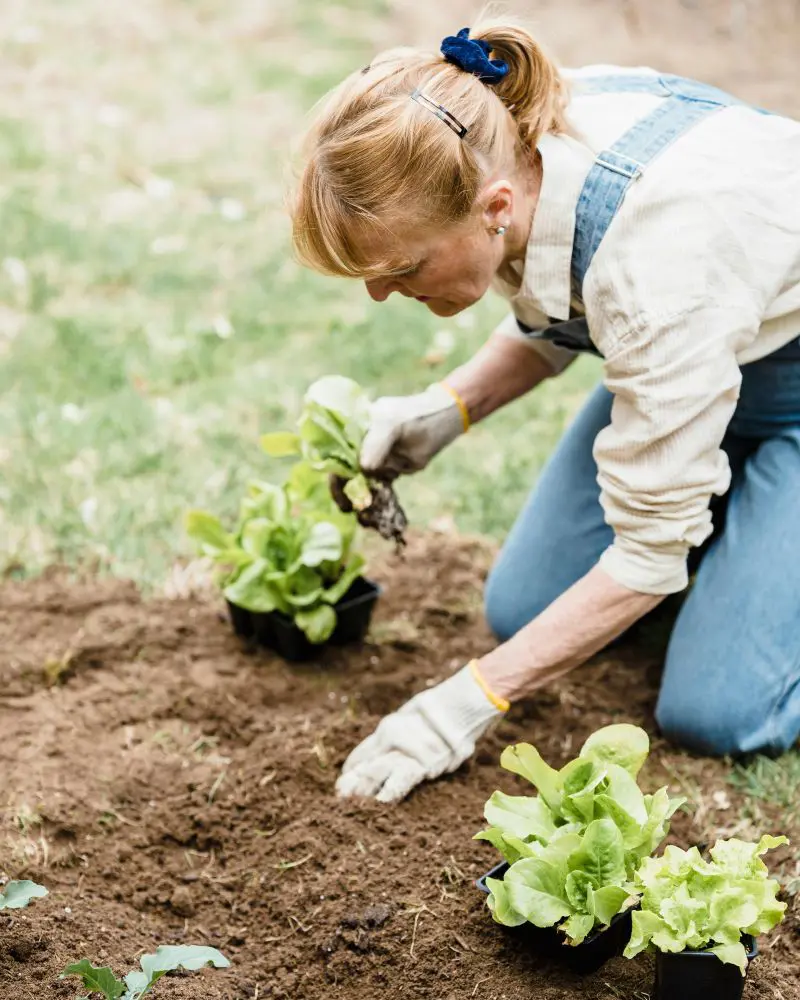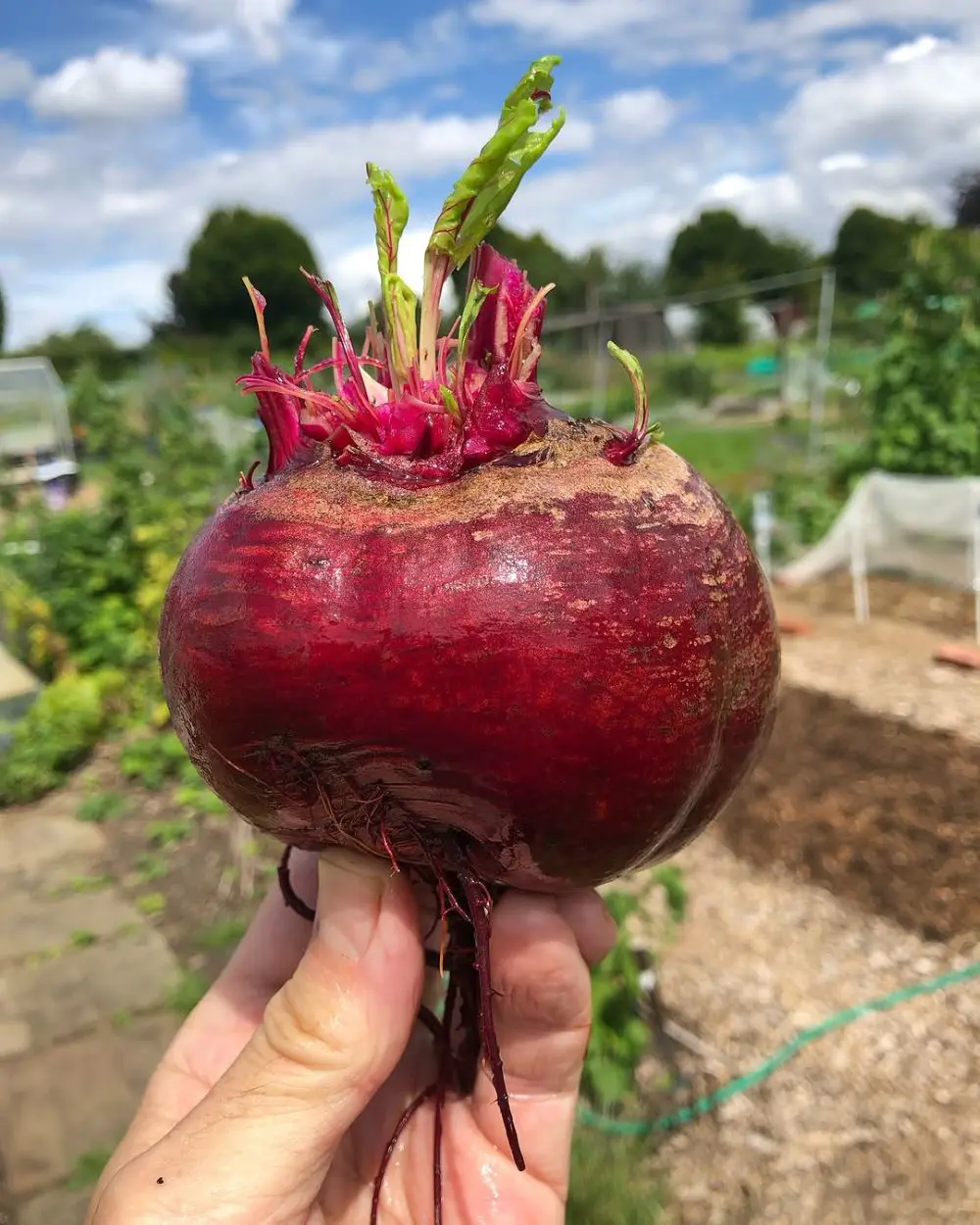1. Hosta
- Height/Spread: 2 inches to 4 feet tall, 5 inches to 6 feet wide
- Shade: Part shade to shade, Dappled
- Perennial in zones: 3-9
Gardeners love growing hostas because they add beautiful texture and greenery. They have striking foliage in a variety of patterns, shapes, sizes, and colors like green, chartreuse, blue, and variegated shades. They have thick pest-resistant leaves but are a favorite of deer and rabbits.
Hostas are excellent groundcovers and grow well in rich, well-amended soil and regular water. They can survive outside during winter and live for 30 or more years if properly cared for. You can try the Shadowland Empress Wu, Mouse Ears or Blue Angel variety.

